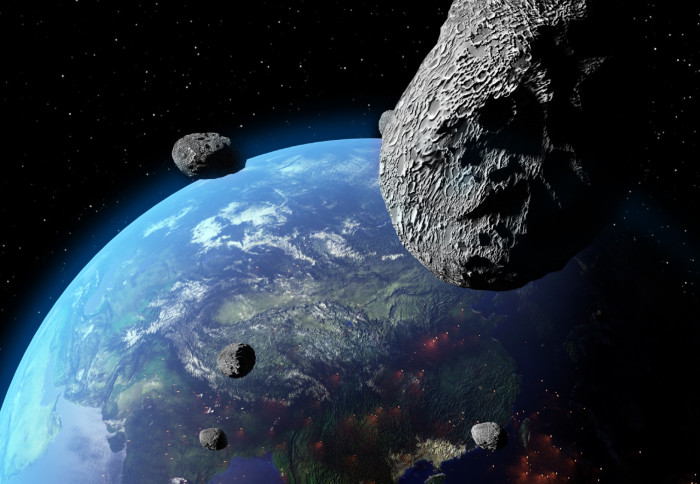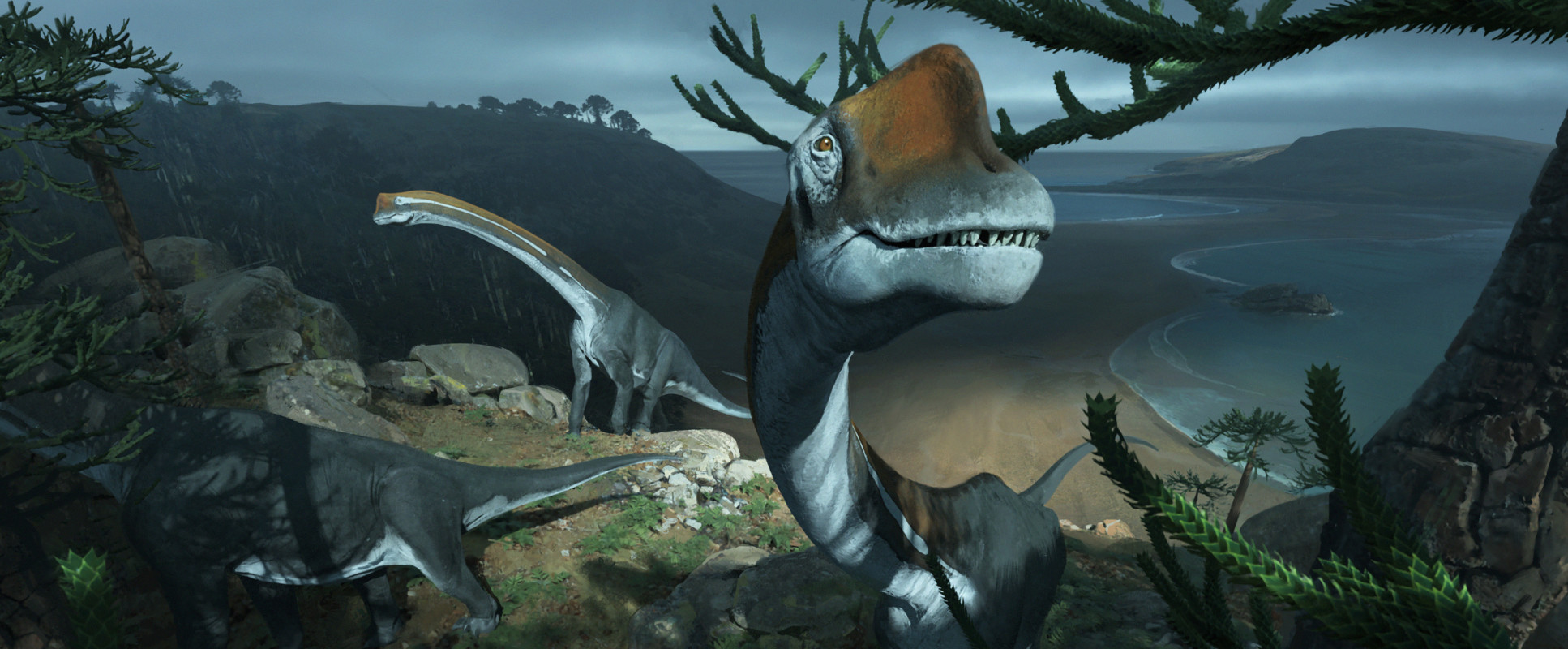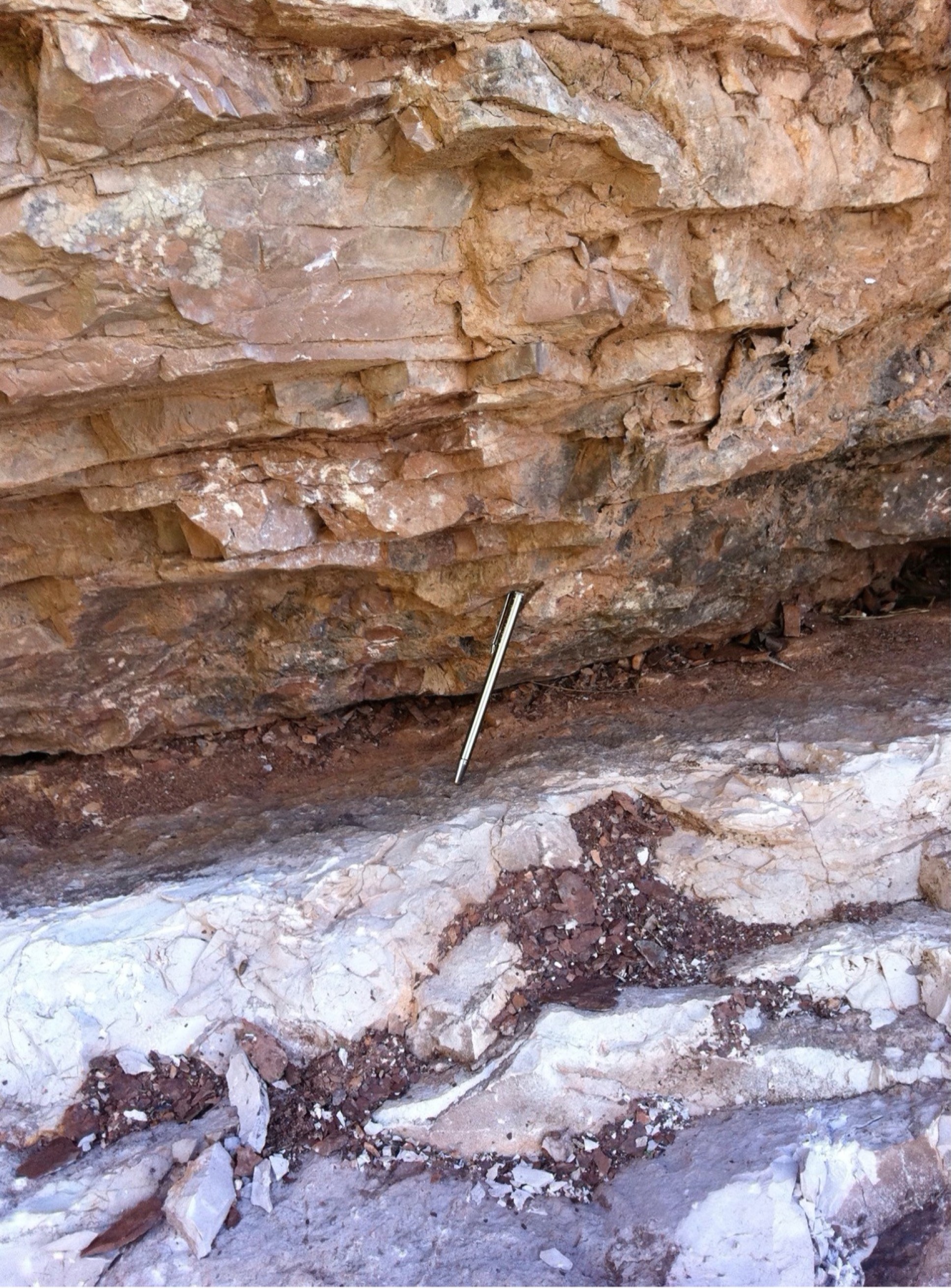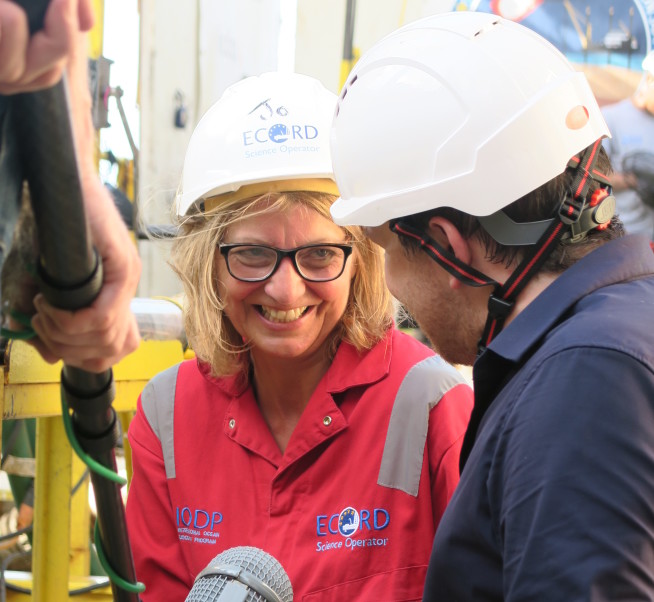Space dust found in Chicxulub crater confirms asteroid’s dinosaur-killing role
by Nicky Jenner

Space dust found in the Chicxulub crater has provided evidence that the asteroid impact and dinosaur extinction are ‘indisputably linked’.
Some 66 million years ago, all non-avian dinosaurs on Earth were abruptly wiped out, and a growing body of research identifies the culprit as an asteroid impact in present-day Mexico. Now, new research from the Free University of Brussels-VUB and Imperial College London has found a spike in concentrations of ‘space dust’ in the layers atop the Chicxulub crater, which correspond to the time of the dinosaurs’ demise and similar deposits around the world.
Though this space dust is present in low quantities all over Earth, the study published in Science Advances found it is four times more concentrated in the Chicxulub impact crater than in the surrounding area.
The researchers say this finding, combined with the spike in worldwide iridium deposits at the time of the dinosaurs’ demise, constitutes indisputable evidence that the suspected dinosaur-killing asteroid that created the Chicxulub crater was indeed the culprit. The sudden mass extinction that killed the dinosaurs also took roughly three-quarters of all animal and plant life on Earth with it. The catastrophic event marked the end of the Cretaceous Period and the beginning of the Paleogene, a time boundary that is marked in global sediment layers by remarkably high levels of iridium – a metal that occurs in higher concentrations in meteorites but only in low concentrations in Earth’s crust.
The sudden mass extinction that killed the dinosaurs also took roughly three-quarters of all animal and plant life on Earth with it. The catastrophic event marked the end of the Cretaceous Period and the beginning of the Paleogene, a time boundary that is marked in global sediment layers by remarkably high levels of iridium – a metal that occurs in higher concentrations in meteorites but only in low concentrations in Earth’s crust.
For this study, the researchers analysed the chemical composition of a drill core – a cylindrical cross-section of rock layers recovered by scientific drilling during IODP/ICDP Expedition 364. They found iridium levels were highest across the transition into early Paleogene sediments.
Study co-author Professor Joanna Morgan, of Imperial’s Department of Earth Science and Engineering, said: "This asteroid was vaporised and ejected from the impact site at high speed. Iridium, and other asteroidal material, then circled the Earth above the stratosphere within a fast-moving dust cloud, and may have taken up to two decades to settle through the atmosphere and ocean before being deposited at the impact site."

The iridium concentrations measured in the drill core also agree with those previously measured in locations around the Gulf of Mexico, where the crater is located. Lead author Professor Steven Goderis of the Free University of Brussels-VUB said: “It’s quite remarkable that we found concentrations this high within the impact structure itself. In the first hours to months after the impact, the crater was a highly turbulent environment affected by tsunamis and earthquakes. Luckily, the iridium layer was preserved. This unquestionably ties the formation of the crater to the mass extinction event that marked the end of the Cretaceous, and confirms that the asteroid impact and dinosaur extinction are indisputably linked."
Professor Morgan said: "Finding this iridium-rich layer places important time constraints on the rock layers lying above and beneath it. It shows that some life survived and lived in the ocean above the crater in the months to years following the impact."

In 2016, IODP-ICDP Expedition 364 drilled into the Chicxulub crater’s peak ring – an irregular ring of hills that surrounds the crater’s centre – and brought around 835 metres of rock to the surface. Professor Morgan was one of the co-chief scientists who led this expedition.

Expedition 364 was conducted by the European Consortium for Ocean Research Drilling (ECORD) as part of the International Ocean Discovery Program (IODP) and the International Continental Scientific Drilling Program (ICDP; Expedition 364).
“Globally distributed iridium layer preserved within the Chicxulub impact structure” by Steven Goderis et al. is published 24 February 2021 in Science Advances.
Image credits: Featured illustration of asteroid (Shutterstock); dinosaur illustration (Imperial College London); image of drill core (CC BY 4.0); image of Cretaceous-Paleogene boundary in Italy (VUB; Philippe Claeys); image of Prof. Jo Morgan (Mary Mowat, ECORD/IODP).
Article text (excluding photos or graphics) © Imperial College London.
Photos and graphics subject to third party copyright used with permission or © Imperial College London.
Reporter
Nicky Jenner
Department of Earth Science & Engineering